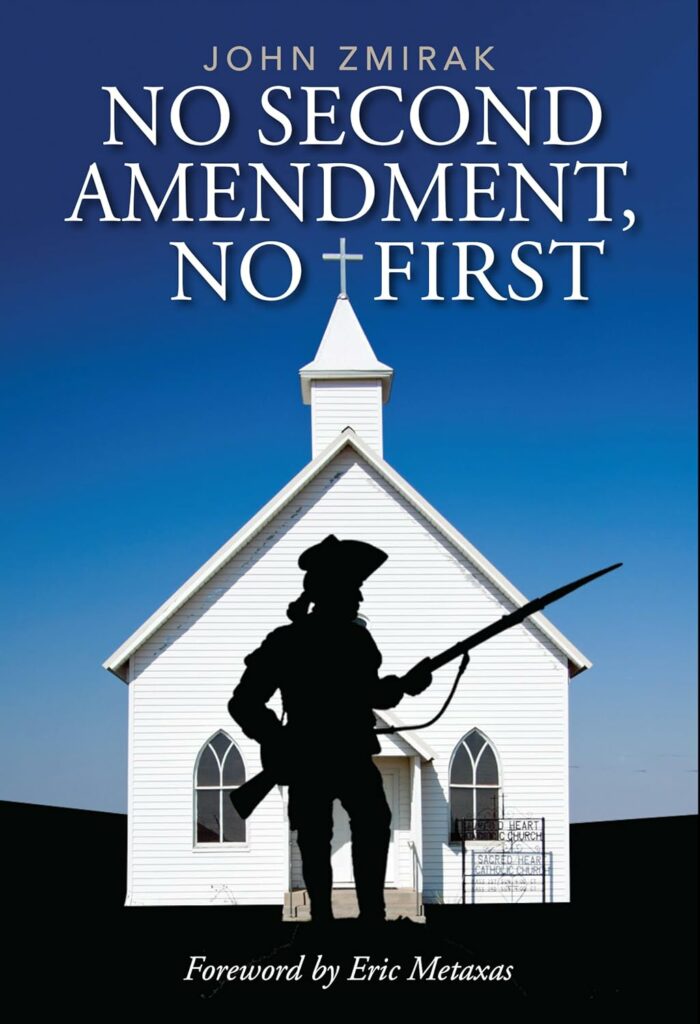Charleston’s Quieter Lessons
Last Thursday, America woke up to the horrifying news of a massacre in a historic black church. Dylann Roof, a devout racist, walked into a Bible study, listened to innocent people discuss their faith for an hour, and then shot and killed nine of them in cold blood.
Two days after the killings, Americans were shocked once again — but this time, the surprise came from the families and friends of the murdered churchgoers. One by one, gathered at Roof’s bond hearing, a group of Christians publicly forgave and prayed for a decidedly evil person who, except for a few fleeting, eye-flickering onscreen moments, seemed without a soul.
It was the Gospel in practice. It’s not something you see every day, at least not in the fever swamps of our relentless, gurgling, insatiable media, which increasingly resembles a starving narrative monster on speed. As an ever-imperfect Christian, the forgiveness was humbling — almost shamefully so — to watch. Sadly, for some, Charleston’s transcendent moment appears to be slipping away, likely because it was so contrary, and so foreign, to our media culture at large.
From one corner, for instance, we are now told that forgiveness is a tool of oppression. “The almost reflexive demand for forgiveness, especially for those dealing with death by racism, is about protecting whiteness, and America as a whole,” wrote Stacey Patton in Monday’s Washington Post. “What white people are really asking for when they demand forgiveness from a traumatized community is absolution,” Roxanne Gay argued in Wednesday’s New York Times. “Can’t remember any campaign to ‘love’ and ‘forgive’ in the wake of ISIS beheadings,” Atlantic monthly writer Ta-Nehisi Coates wrote on Twitter.
That last point is undoubtedly true. But here’s the problem: Prior to the church’s radical act of forgiveness, there was no large-scale “campaign” or “demand” or “narrative” that asked them to do anything of the sort. Search the news and social media leading up to that mind-blowing hearing, and you’ll come up empty. Very few, in fact, saw anything like the church’s response coming. That’s what made it so unexpected, so beautiful and so astonishing — and, in a culture that often thrives on outrage, so disorienting.
Charleston’s forgiveness also highlighted another festering cultural oddity: the growing inability, at least in certain circles, to discern between the public and the private. Numerous commentators scratched their heads at the church’s magnanimity, noting that they could never do the same — which is fine, really, but who made this about you?
“Suppose we don’t want to forgive Roof?” wrote Alex Beam in The Boston Globe. “I don’t. It’s nowhere in my heart.” (OK, good to know.) Elizabeth Stoker Bruenig, doubling down at the New Republic, argued that the church’s forgiveness “presents a challenge to the onlooking public: are we ignoring their wishes if we do not join them in forgiving Roof?”
Really? Could anything be more solipsistic? (Spoiler alert: Yes, something could be more solipsistic. On the very same day, in the very same publication, a white woman wrote that the Charleston attack was, deep down, all about her.) One can forgive youngish writers for thinking everything is about them, I suppose. It’s an idea lovingly nurtured by our growing online media culture, which fosters a sprawling, quarrelsome and largely fake world in which largely fake narratives — often surrounding the self and its many variations — can easily take hold.
“Today’s media do enable us to communicate and to share our knowledge and affections,” Pope Francis wrote in his latest encyclical, Laudato Si. “Yet at times they also shield us from direct contact with the pain, the fears and the joys of others and the complexity of their personal experiences.”
Say what you will about the Pope’s questionable economic prescriptions, but he seems to have the modern media machine down cold. It’s easy to be petty, disingenuous or cruel when you’re not looking someone in the eye.
Deep in the press coverage surrounding Dylann Roof, we read that he was often “locked in his room looking up bad stuff on his computer,” according to a family member. This is not to blame the Internet for the killings: Roof’s evil and his racism were solely his own, and their roots are far more complicated than that. But there are clear signs that he lived in a half-imaginary world, one that enabled his racism and also almost crumbled when he saw, in real time, the loveliness of his future victims: He almost didn’t go through with the shooting, he told police, “because everyone was so nice to him.”
It’s a heartbreaking, infuriating image. It’s also a testament to the value of real-world interaction and living faith, which almost overcame evil on that Wednesday night. Paired with the radical forgiveness from the Charleston church community, it may be the greatest witness for Christianity in a long time. It’s also a challenge for us all, regardless of faith: The power of example, after all, almost always trumps lecture and debate.
Heather Wilhelm is a writer based in Austin, Texas. Her work can be found at www.heatherwilhelm.com and her Twitter handle is @heatherwilhelm.
This column originally appeared at Real Clear Politics on June 25, 2015 and is reprinted with their permission.


